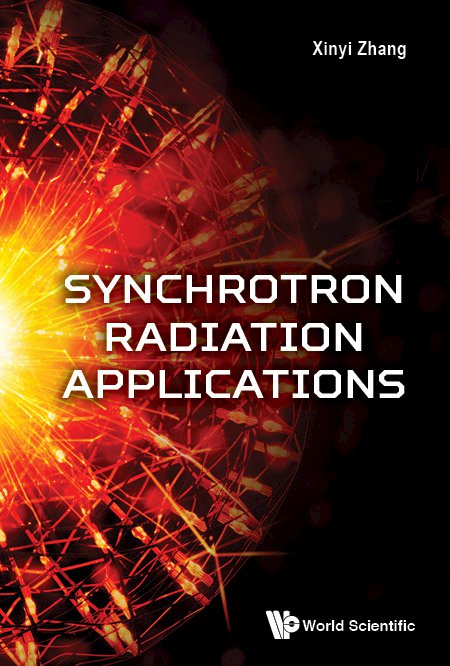Chapter 5: Fluorescence Detected XAS — Unconventional Applications
With the advent of modern synchrotron radiation facilities, fluorescence-detected X-ray absorption spectroscopy (XAS) has proven its capability as a highly sensitive local structural tool. Previous applications have been limited to dilute systems and thin films where the absorption of incoming incidence X-ray and outgoing fluorescence X-ray can be neglected. In this chapter we describe unconventional applications beyond this criterion, which are made possible by improving detection efficiency by orders of magnitude combining a high flux insertion devices and highly efficient detectors. In the first application, the non-equilibrium local structure of photo-induced phase of Fe(II) spin crossover complex, [Fe(2-pic)3]Cl2EtOH (2-pic=2-aminomethyl pyridine), was investigated under laser illumination. The results indicated no symmetry breaking of FeN6 clusters upon spin-state switching, establishing the origin of new Raman lines as unrelaxed “frozen-in” distorted outer ligand molecules. Secondly, we demonstrate that polarization-dependent XAS is obtained with a high quality for high temperature superconducting (HTSC) single crystals. The results of temperature-dependent local lattice study on high-quality single crystal of LaSr- CuO revealed doping-induced local lattice distortion that maximizes at the superconducting critical temperature , indicating the strong intimacy of HTSC with local lattice, casting doubts to the purely electronic pairing mechanisms that ignore the contribution of lattice. Lastly, we describe that, combining a microfluidic cell with a fluorescence detection, position-dependent XAS provides time-dependent XAS for dilute systems. The application to CdSe nanocrystal formation demonstrated that such an approach would allow in situ studies on the structural evolution of intermediate state of nanocluster formation known as puzzling state, i.e. “monomers”, in association with molecular orbital calculations. Because of a limited space, unconventional applications are briefly described in this chapter but it could be sufficient to expect more outputs from the 4th generation synchrotron facilities that would allow higher brilliance and a smaller focus size because the methodology described here is strongly dependent on synchrotron instrumentation.
- X-ray absorption spectroscopy (XAS)
- EXAFS and XANES
- high temperature super conducting (HTSC)
- fluorescence X-ray
- fluorescence detection
- self absorption effect
- Zn filter
- surface-sensitive X-ray absorption fine structure
- multipole wiggler (MPW)
- multi-element Si(Li) solid-state detector
- submonolayer sensitivity
- first nearest neighbor
- linear polarization
- solid angle
- high energy resolution detector
- Myoglobin (Mb)
- solid state detector (SSD)
- carboxyl hemeprotein
- Mn filter
- fluorescence yield
- UHV
- Si(Li) detector
- pixel array detector (PAD)
- FET capacitance
- PSC 741-N
- CAMAC
- digital signal processor (DSP)
- TSFZ method
- Photo-induced phase transition
- charge transfer (CT)
- light-induced excited spin state trapping (LIESST)
- LaFeAsO (LFAO)
- antiferromagnetic (AFM)
- DFT calculation
- Hubbard U
- polaron
- colossal magnetoresistance (CMR)
- La2−xSrxCuO4 (LSCO)
- mean square relative displacement (MSRD)
- pseudo-JT mode
- Q2-type JT mode
- nanoparticle (NP)
- microfluidics
- KAPTON
- TEFLON
- Se-TOP
- ATHENA
- ARTEMIS
- Silicon drift diode (SDD)
- ligand field
- beat
- small cluster (SC)
- IFEFFIT



